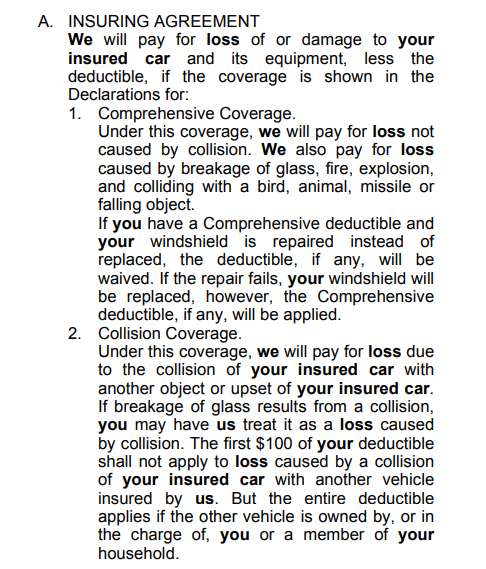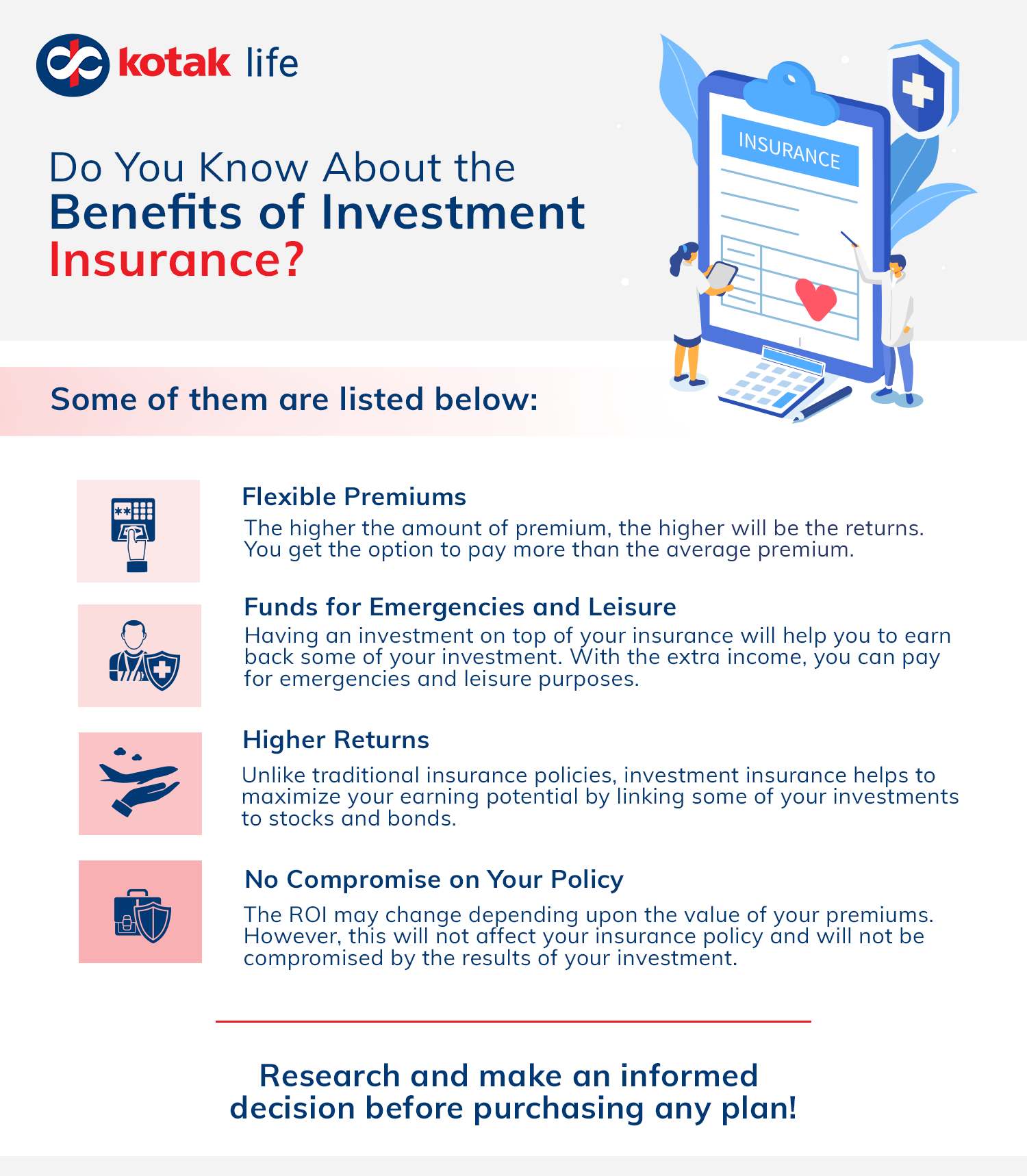Some Known Factual Statements About Pacific Prime

This decrease of virtually 2 million in the variety of individuals 'without insurance (a reduction of around 4 percent) is absolutely a positive adjustment. With a softer economic climate in 2000 the most recent reported gains in insurance protection may not proceed (Fronstin, 2001) (international health insurance). The decrease in the number of uninsured will certainly not continue if the economic situation stays slow and health and wellness care expenses remain to outmatch inflation
This is due to the fact that the data were accumulated for a period of strong financial performance. Of the approximated 42 million people that were without insurance, all however regarding 420,000 (about 1 percent) were under 65 years old, the age at which most Americans come to be eligible for Medicare; 32 million were adults in between ages 18 and 65, around 19 percent of all adults in this age; and 10 million were youngsters under 18 years of age, about 13.9 percent of all children (Mills, 2000).
These quotes of the variety of individuals uninsured are generated from the annual March Supplement to the Present Populace Study (CPS), conducted by the Census Bureau. Unless otherwise noted, nationwide price quotes of people without medical insurance and proportions of the population with different type of insurance coverage are based upon the CPS, one of the most widely used source of estimates of insurance coverage and uninsurance rates.
Pacific Prime Fundamentals Explained

Still, the CPS is particularly beneficial since it produces yearly price quotes reasonably promptly, reporting the previous year's insurance policy coverage estimates each September, and due to the fact that it is the basis for a regular set of quotes for greater than 20 years, allowing for evaluation of patterns in protection in time. For these factors, along with the extensive usage of the CPS in other studies of insurance coverage that exist in this report, we rely on CPS quotes, with restrictions noted.

The estimate of the number of uninsured people expands when a populace's insurance standing is tracked for a number of years. Over a three-year duration beginning early in 1993, 72 million individuals, 29 percent of the U.S. https://www.indiegogo.com/individuals/37416909. populace, were without protection for a minimum of one month. Within a solitary year (1994 ), 53 million people experienced at the very least a month without protection (Bennefield, 1998a)
Six out of every 10 uninsured grownups are themselves utilized. Although functioning does enhance the likelihood that and one's member of the family will certainly have insurance coverage, it is not a guarantee. Even participants of families with 2 full-time wage income earners have practically a one-in-ten opportunity of being uninsured (9.1 percent without insurance rate) (Hoffman and Pohl, 2000).
Fascination About Pacific Prime
New immigrants make up a substantial percentage of individuals without medical insurance. One analysis has associated a substantial section of the recent growth in the size of the U.S. without insurance population to immigrants who showed up in the nation in between 1994 and 1998 (Camarota and Edwards, 2000). Current immigrants (those who pertained to the USA within the previous four years) do have a high rate of being uninsured (46 percent), however they and their youngsters make up just 6 percent of those without insurance coverage across the country (Holahan et al., 2001).
The partnership in between medical insurance and accessibility to care is well established, as documented later in this chapter. Although the relationship between medical insurance and health outcomes is neither straight neither easy, a considerable clinical and wellness solutions research study literature links health insurance protection to better access to care, better quality, and boosted individual and population wellness condition.
Levels of analysis for taking a look at the impacts of uninsurance. It concentrates specifically on those without any type of health insurance policy for any size of time.
7 Simple Techniques For Pacific Prime
The problems faced by the underinsured are in some respects comparable to those encountered by the without insurance, although they are generally less extreme. expat insurance. Uninsurance and underinsurance, nevertheless, include noticeably different policy concerns, and the approaches for resolving them might vary. Throughout this research study and the five records to adhere to, the major emphasis gets on individuals without any health and wellness insurance coverage and therefore no support in paying for healthcare past what is readily available through charity and safety and security web organizations
Medical insurance is an effective factor influencing invoice of treatment due to the fact that both clients and physicians reply to the out-of-pocket price of solutions - https://dzone.com/users/5122954/pacificpr1me.html. Health insurance, nonetheless, is neither essential neither enough to get to medical solutions. Nevertheless, the independent and straight effect of health insurance policy protection on access to health solutions is well developed.
Others will get the healthcare they require even without wellness insurance, by spending for it out of pocket or seeking it from providers that offer treatment totally free or at very subsidized rates. For still others, wellness insurance coverage alone does not ensure invoice of treatment as a result of various other nonfinancial barriers, such as a lack of healthcare companies in their area, limited accessibility to transport, visit this page illiteracy, or linguistic and social distinctions.
The smart Trick of Pacific Prime That Nobody is Discussing
Official research about uninsured populaces in the United States dates to the late 1920s and early 1930s when the Committee on the Expense of Healthcare generated a collection of reports about funding medical professional office sees and hospitalizations. This issue ended up being prominent as the numbers of medically indigent climbed during the Great Anxiety.
Comments on “Everything about Pacific Prime”